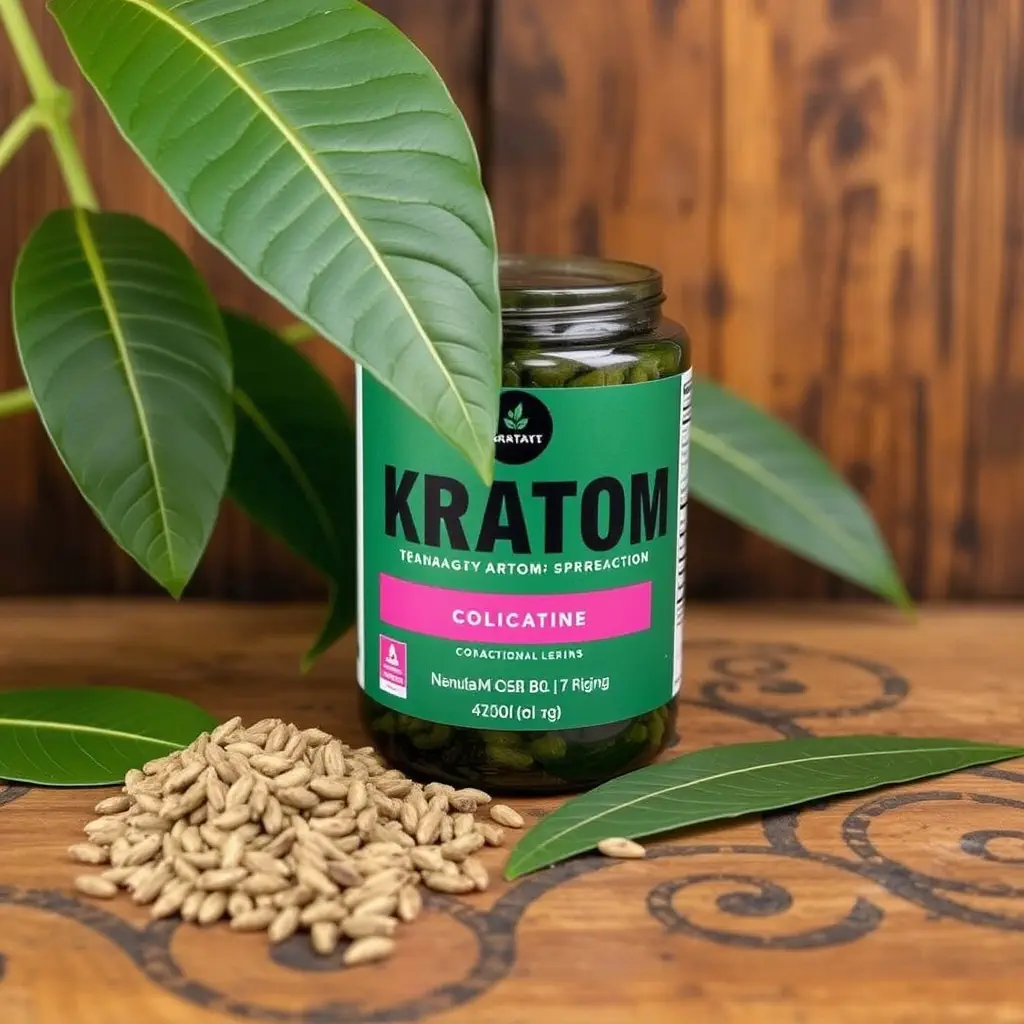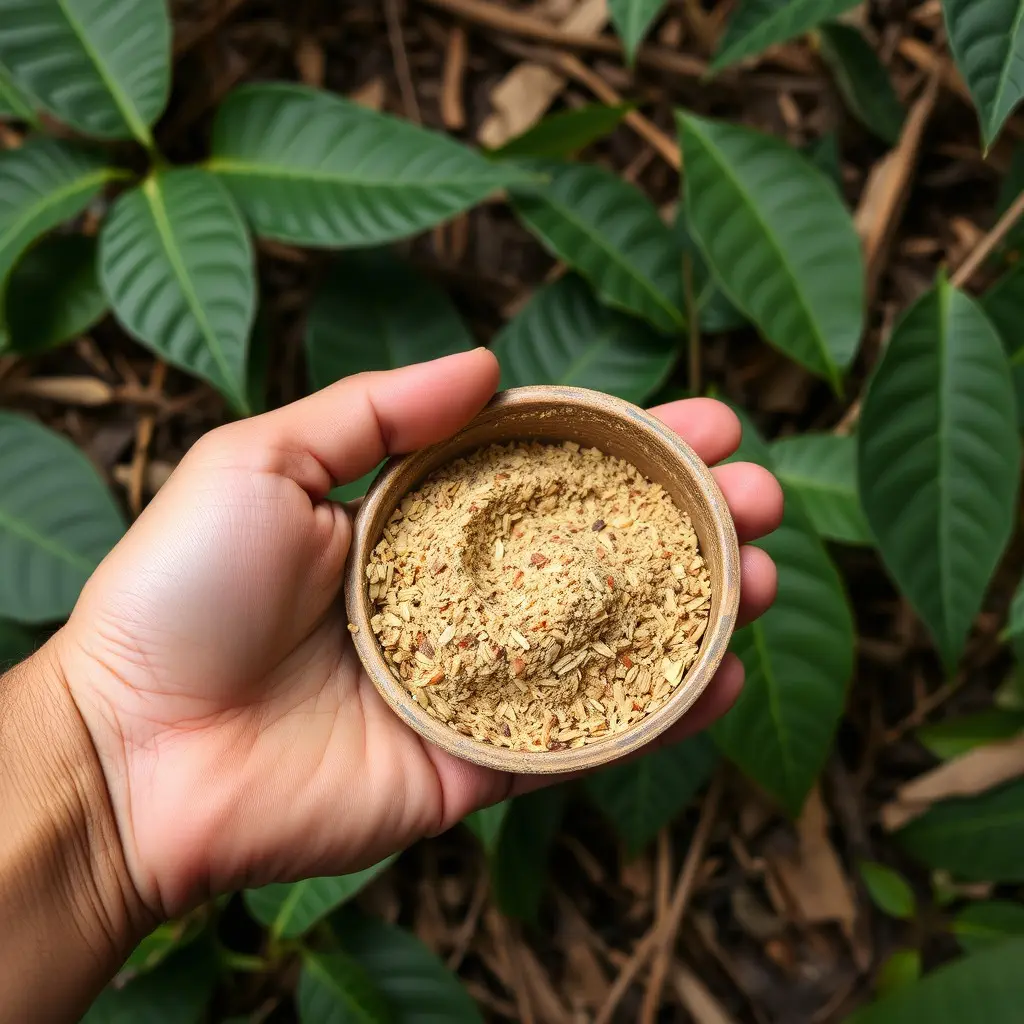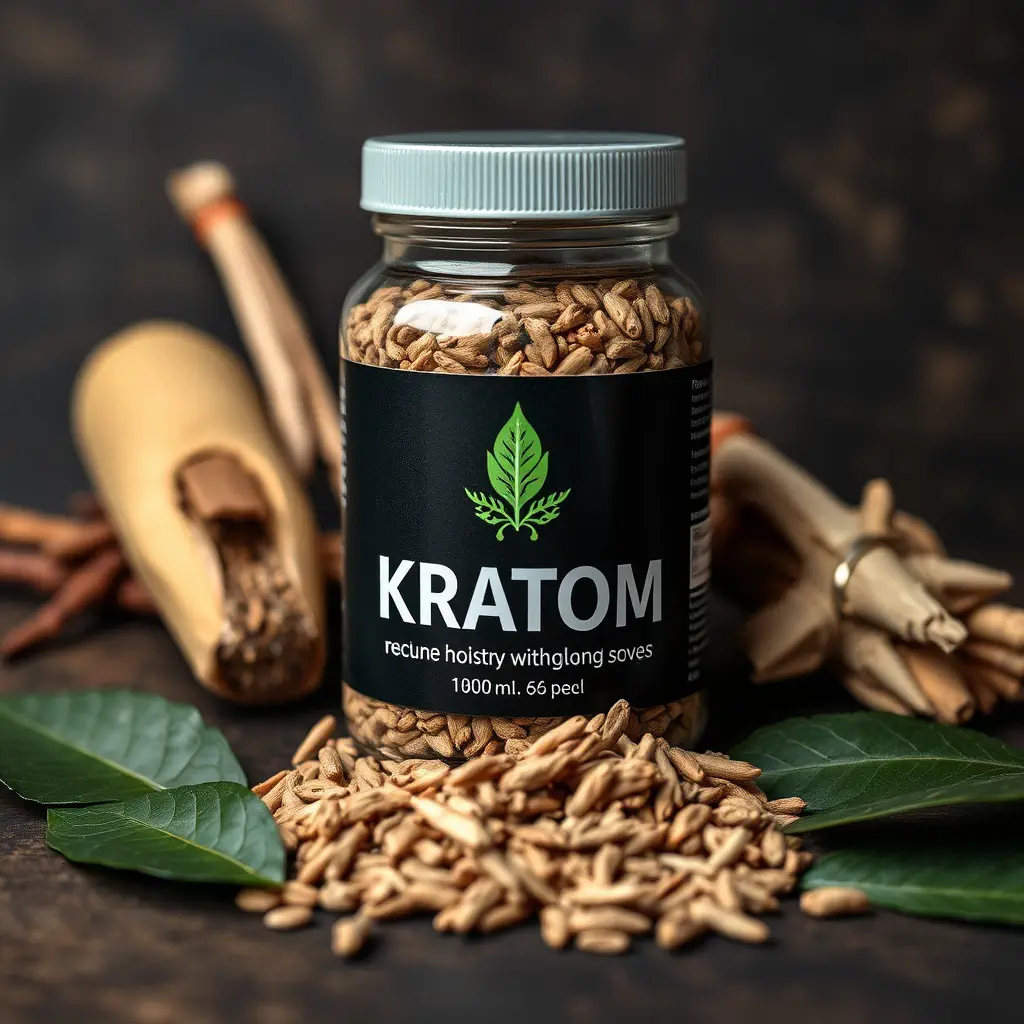The Blue Egyptian Plant Cream, derived from the Mitragyna speciosa tree's leaves, is an emerging therapeutic option for addiction treatment, particularly for opioid use disorder (OUD). This cream contains mitragynine, which interacts with opioid receptors in the brain and may help manage withdrawal symptoms and cravings. It offers a safer alternative to traditional opioids, potentially reducing overdose risks and facilitating a gradual detoxification process. Its use in recovery programs is supported by its ability to affect stress, pain, and mood without typical synthetic medication side effects. Although kratom, the plant from which the cream is made, has complex regulatory statuses globally, ongoing studies are investigating its efficacy and safe usage guidelines. The Blue Egyptian Plant Cream's role as a supplementary treatment in addiction recovery, combined with therapy and lifestyle changes, suggests it could be a beneficial component of a holistic recovery strategy. Keyword: blue egyptian plant cream.
explore the transformative potential of Blue Egyptian Plant Cream in addiction treatment and recovery. This article delves into the scientific basis of kratom alkaloids, offering a comprehensive understanding of their therapeutic role in combating substance abuse. We navigate the nuances of integrating this natural compound safely and effectively into recovery plans, paving a path forward for those seeking to break free from addiction’s grip. Join us as we uncover the multifaceted benefits and considerations for using Blue Egyptian Plant Cream in the realm of treatment and healing.
- Unraveling the Potential of Blue Egyptian Plant Cream in Combating Addiction
- The Scientific Insight into Kratom Alkaloids and Their Role in Addiction Treatment
- Charting a Safe Path: Integrating Blue Egyptian Plant Cream into Recovery Plans
Unraveling the Potential of Blue Egyptian Plant Cream in Combating Addiction

The Blue Egyptian Plant Cream, derived from the leaves of the Mitragyna speciosa tree, has garnered attention in the realm of addiction treatment and recovery. Its active ingredient, mitragynine, shares a similar chemical structure to that of opioids, which may contribute to its potential as an alternative therapy for individuals battling addiction. Preliminary studies suggest that this plant cream could play a role in alleviating withdrawal symptoms and cravings associated with substance dependency. Proponents argue that its pharmacological properties offer a safer alternative to traditional opioids, potentially reducing the risk of overdose and enabling a smoother transition for those seeking to break free from addiction. The cream’s ability to modulate the brain’s response to stress and pain without the typical side effects of synthetic medications makes it a promising adjunct in recovery protocols. As research continues to evolve, the Blue Egyptian Plant Cream may become an increasingly valuable tool in the comprehensive treatment of substance use disorders, offering hope for a more holistic and effective approach to addiction recovery.
The Scientific Insight into Kratom Alkaloids and Their Role in Addiction Treatment

Mitragyna speciosa, commonly known as kratom, has garnered attention in the realm of addiction treatment due to its alkaloid profile and therapeutic potential. The plant, indigenous to Southeast Asia and sometimes referred to in historical texts as the ‘blue Egyptian plant cream,’ contains over 40 alkaloids, with mitragynine and 7-hydroxymitragynine being the most prominent. These compounds interact with the opioid receptors in the brain, offering both stimulant and sedative effects, which can be beneficial in managing withdrawal symptoms and cravings associated with opioid addiction. The scientific community has been exploring how these alkaloids might modulate neurotransmitter systems such as dopamine and serotonin, potentially aiding in the reduction of dependence and improvement of mood, which are critical factors in recovery.
Research into kratom’s efficacy for addiction treatment is ongoing, with studies examining its role in opioid use disorder (OUD). Preclinical and clinical findings suggest that kratom may offer a harm reduction approach for individuals seeking to quit more potent opioids. However, the regulatory status of kratom varies by country, and its use is accompanied by calls for further research to understand its long-term effects fully. As such, while the scientific insight into kratom alkaloids provides a promising foundation for their role in addiction treatment, careful consideration of the evidence and potential risks is necessary before it can be widely recommended as a treatment option. Ongoing research aims to elucidate the mechanisms by which these alkaloids exert their effects and to establish guidelines for safe and effective use in treatment protocols for addiction recovery.
Charting a Safe Path: Integrating Blue Egyptian Plant Cream into Recovery Plans

Kratom, derived from the leaves of the Mitragyna speciosa tree, commonly known as the blue Egyptian plant, has garnered attention in the realm of addiction treatment and recovery. The blue Egyptian plant cream, a concentrated extract of kratom, is being explored for its potential to assist individuals in managing withdrawal symptoms and reducing cravings associated with various substance addictions. This topical application offers a non-invasive alternative to traditional pharmaceuticals, providing relief without the risk of dependency often associated with opioid treatments.
Incorporating the blue Egyptian plant cream into recovery plans requires careful consideration of each individual’s unique circumstances and medical history. Healthcare providers are cautious in their recommendations, emphasizing that this treatment should be part of a comprehensive strategy that includes therapy, support groups, and lifestyle modifications conducive to sustained recovery. The cream’s efficacy is maximized when it complements these other interventions, creating a holistic approach to addiction management. Users are advised to adhere to the guidance of qualified professionals when integrating this cream into their recovery journey, ensuring a safe and effective path toward wellness.
In conclusion, the potential of blue Egyptian plant cream, Kratom, as a therapeutic tool in addiction treatment and recovery warrants careful consideration by healthcare professionals. The scientific community has made strides in understanding the alkaloids within Kratom and their promising effects on substance use disorders. Integrating this natural compound into recovery plans holds significant promise, provided it is done safely and with appropriate oversight. As research continues to evolve, it is clear that blue Egyptian plant cream, or Kratom, may offer a valuable addition to the arsenal of treatments available for those on the journey to recovery from addiction. It is imperative that future studies explore its efficacy and mechanisms of action further to ensure safe and effective use in clinical settings.






